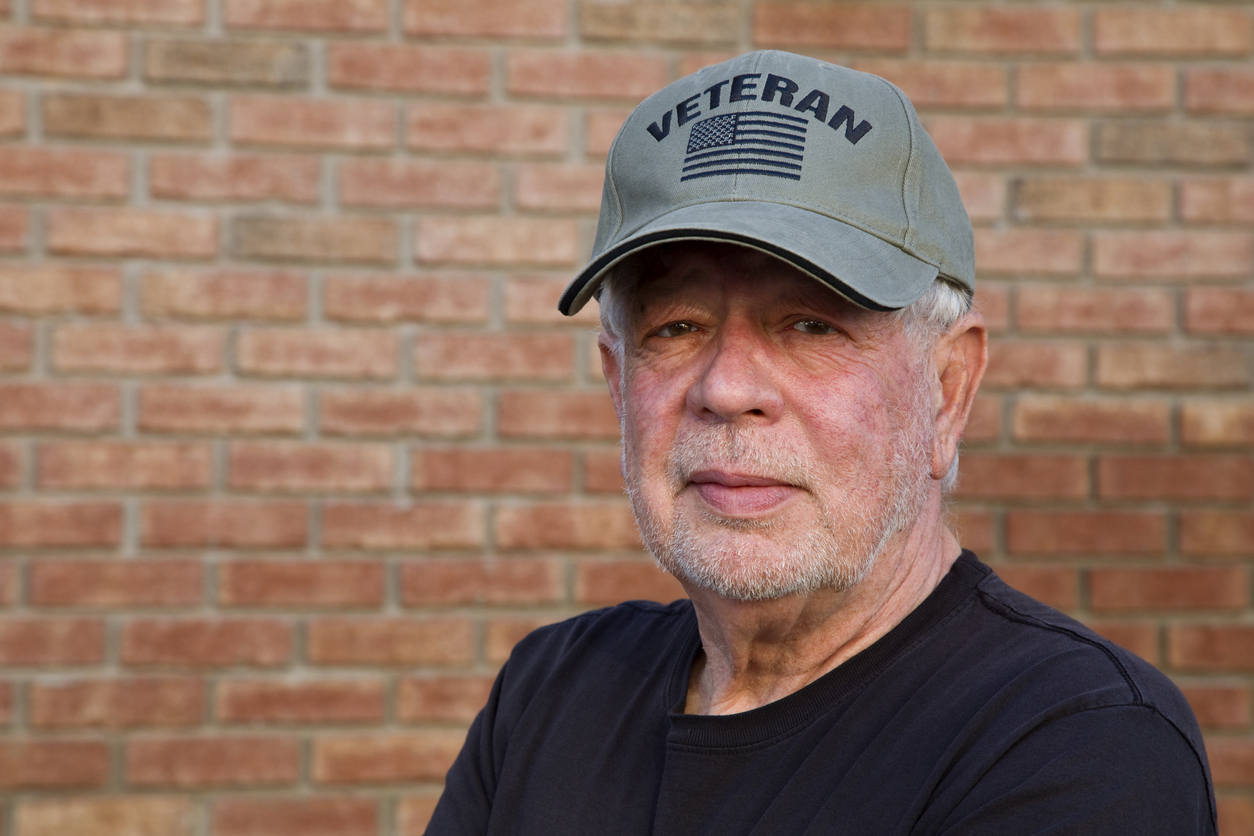Time Period: Summer 2020
Location: Portland, Oregon (and then spread across USA)
Main Actors: Wall of Vets Facebook Group
Tactics
– Protective Presence
– Nonviolent Interjection
Following the police killing of George Floyd in May 2020, demonstrators organized across the United States to protest police violence, systemic racism, and systemic inequality. In Portland, Oregon these protests took place nightly for several months. The protests were primarily peaceful, though punctuated by occasional violent escalation. After over a month of protesting, then-President Trump sent federal troops to Portland, without the approval of the Governor or Mayor, claiming that the city and state politicians had lost control. While the purported purpose was to subdue the protests, in many cases the federal agents escalated conflict by employing excessive (and illegal) tactics, including abducting protesters off the street.
Observing these dynamics unfold, Christopher David, a Navy veteran, decided to attend a protest to speak with officers about what he saw as a violation of their shared oath to support, uphold, and defend the Constitution. After speaking to several officers, David was beaten by federal agents and pepper sprayed, resulting in a broken hand. A video of the encounter went viral, inspiring veterans from a variety of branches and backgrounds who resonated with the call to remove federal troops. Together, through Facebook and other community groups, they organized the “Wall of Vets” to protect protesters’ first amendment rights.
The strategy built on the legacy of human protective walls and the wider practice of protective presence and nonviolent intervention, where third party groups strategically place themselves to deter violence directed against others. For the “Wall of Vets,” protesters gathered to stand between federal agents and protesters, anticipating the violence of previous nights but intending for their presence to function as a “shield” for protesters. The veterans involved were also aware that their presence and legitimacy would bring increased media coverage which would raise the profile of the protests nationally and perhaps shift the narrative. As the group represented a wide spectrum of political orientations, their unifying purpose was defending the protesters’ constitutional rights to protest and freedom of speech. Specifically, they saw their presence at the protests as a continuation of the oaths they took in the US armed forces.
In addition to showing up for protective presence as a group and communicating with other organizers already on the ground, David made a point of refocusing media coverage of his experience being attacked back to the protests, the issue of systemic racism in America, and his duty towards the Constitution and the American people. Considering the shared history and understanding between veterans and the current federal agents, David and other attendees hoped that their engagement would have a unique capacity to lower conflict and excessive tactics by federal troops, with the ultimate goal of removing federal troops entirely from the protests. Around two weeks later that goal was achieved, ushering in an ease in tensions at the nightly protests.
Where to Learn More
– Lombardi, Chris. “How military veterans are answering the call to defend Black lives.” Waging Nonviolence, Oct. 29, 2020.
– Baker, Mike. “A ‘Wall of Vets’ Joins the Front Lines of Portland Protests.” New York Times, July 25, 2020.
You can access all the caselets from the Pillars of Support Project here.

